A review of the utility of the ECG in Pediatric Syncope
PEMBlog
MAY 15, 2023
Syncope is described as a brief loss of consciousness and postural tone caused by transient global cerebral hypoperfusion. It is followed by a complete recovery. An estimated 80% of pediatric syncope is due to autonomic (vasovagal or neurocardiogenic) syncope. Our role as providers is to identify the patients who have a life-threatening etiology to their syncope.
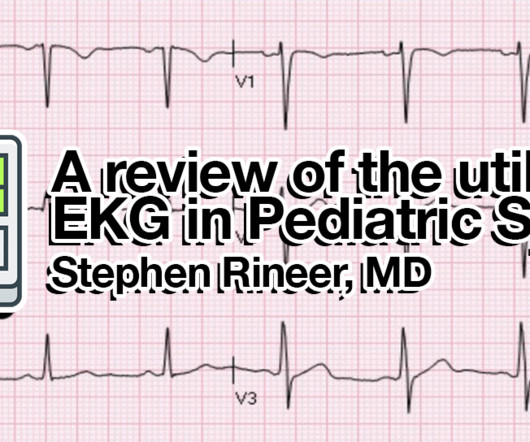
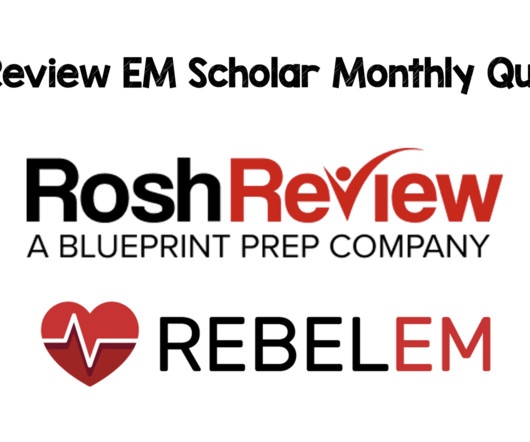


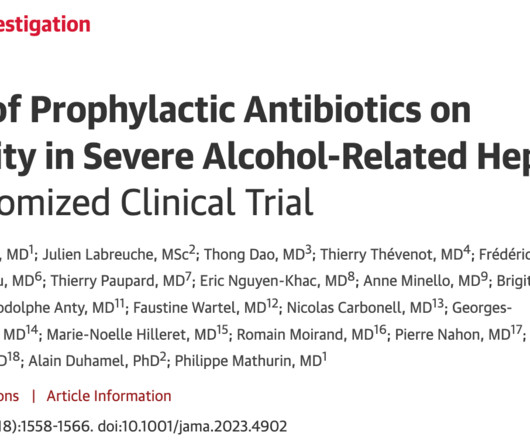
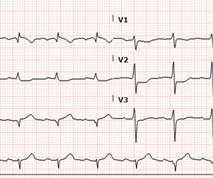





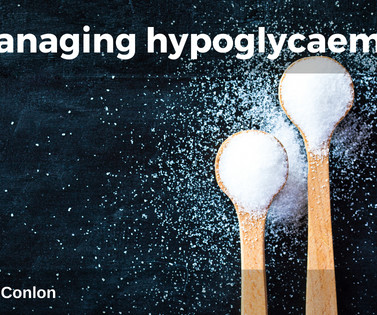








Let's personalize your content